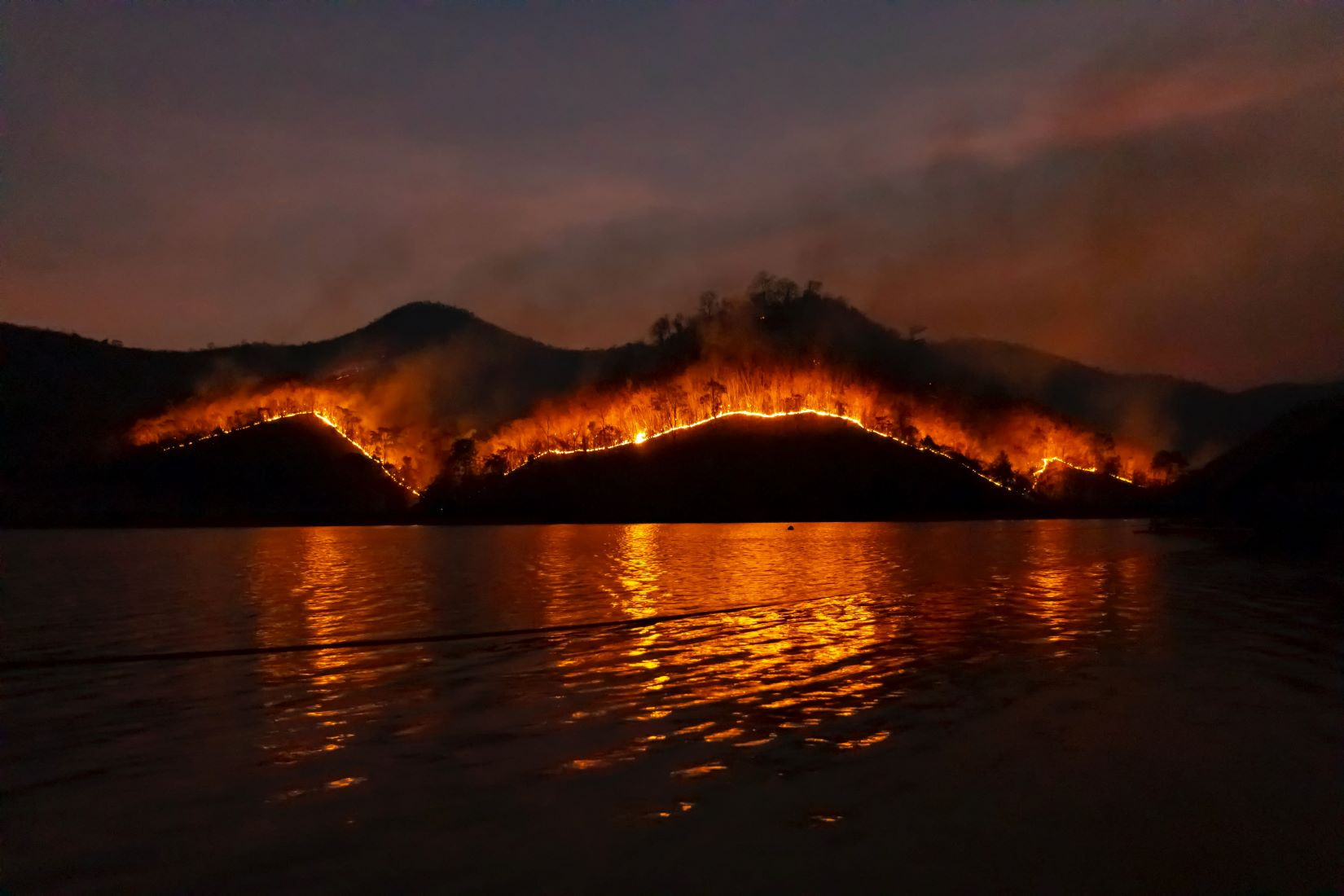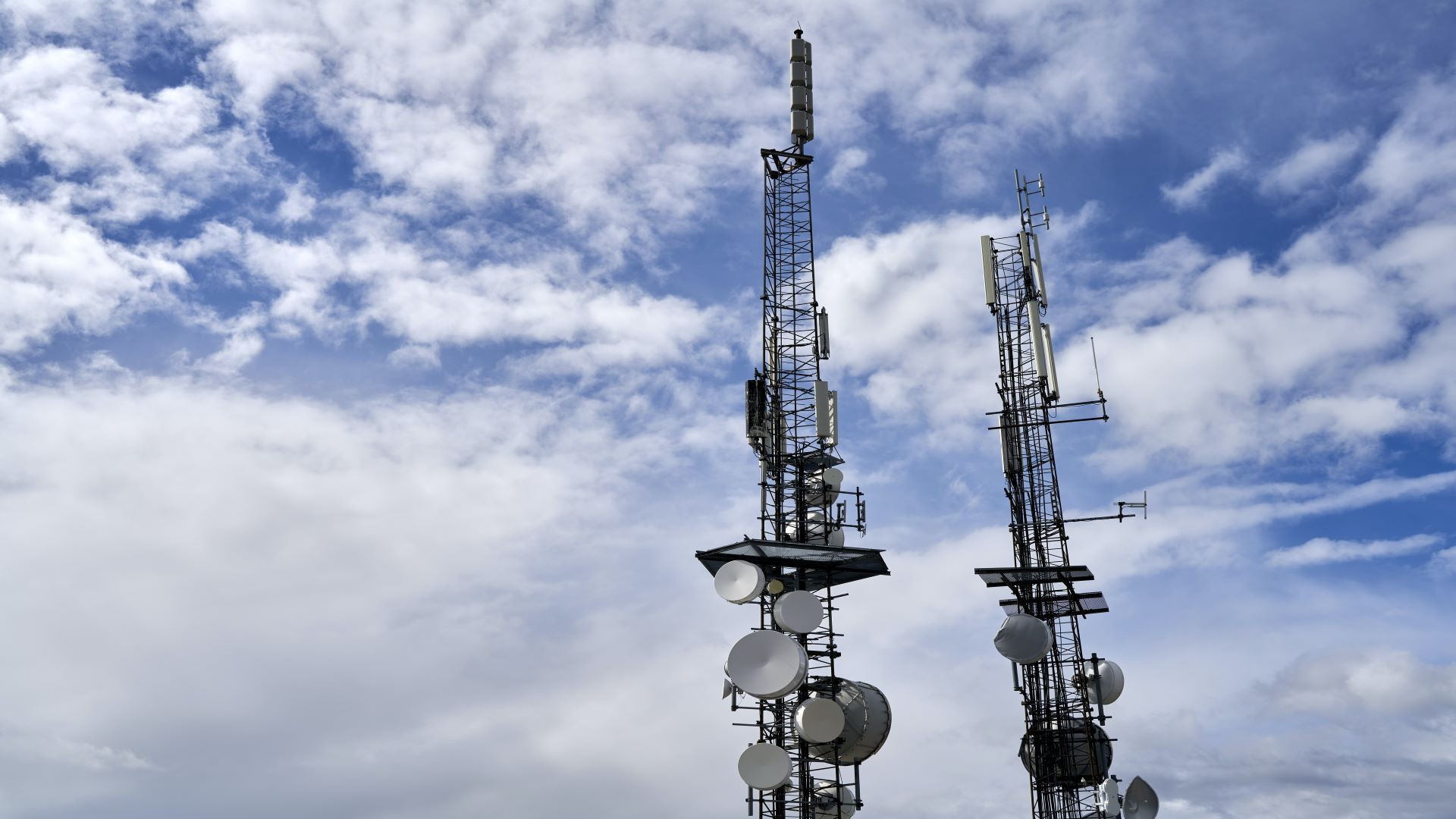Request a
Quote
The FCC or the Federal Communications Commission recently announced they will be fining an independent ham radio user for interrupting two-way radio communications during an emergency response to a wildfire. The fine was announced on June 8, 2022; although, the incident occurred at the end of 2021.
Elk River, Idaho experienced a serious wildfire, called the Johnson Wildfire, starting in July 2021 and continuing until August 2021. The local fire departments were responding to the situation every day, and communication played a primary role in the workers’ decisions.
A local ham radio user began using the frequencies that were set aside for emergency responders. These interruptions caused missed communications between the firefighters and other emergency workers. The FCC decided that the fine will be $34,000 against the individual.
Learn more about the Johnson Fire, how radio communications are pivotal in putting out wildfires, and how the FCC acts as a “sheriff” for ham radio enthusiasts in emergency situations.
The Johnson Fire occurred in Elk River, Idaho. Elk River is a small town six hours north of Boise, Idaho. There are a limited number of residents in Elk River; therefore, there is a limited number of resources including emergency responders.
Although there are not as many firefighters in Elk River, Idaho, as in the larger cities, the wildfires are just as big and challenging to contain and put out. There are, “too many fires, not enough firefighters to take care of the fires”. These fire departments work very hard, but they are struggling so they don’t need more obstacles like communication interference.
At the beginning of the Johnson Fire, it was estimated to be an acre in size. The responders were using ground resources for full suppression to contain the blaze. Moreover, they employed fire lookouts, air detection flights, and other available fire resources to watch closely for new fires as fuels were dry.
The original fire was ignited from lightning striking dry fuels. Consequently, a large part of the fire response was watching for any more lightning strikes because the forest fuels were still very dry. During the fire, fire managers also remind visitors that “despite the rain, fuels are still very dry, and the Forest remains in Stage 1 Fire Restriction” (“Deer Fire”). Stage 1 Fire Restriction means to proceed with caution because the forest is very dry.
At the same time, Forest officials asked the public to be extremely careful and to “Know Before You Go” (“Deer Fire”). This quote refers to checking fire conditions before venturing out to the forest, not starting any recreational fires, and knowing how to respond to seeing a wildfire that has not yet been reported.
The information that was reported above was inspired and taken from articles that reported about the Johnson Fire during the active burn.
The Federal Communications Commission proposed a fine of $34,000 against a licensed amateur radio station for interfering with radio communications “that were guiding fire suppression aircraft combating the 2021 ‘Johnson Fire’ near Elk River, Idaho” (“Deer Fire”).
The FCC or the Federal Communications Commission is a government agency that works to create the laws, regulations, and guidelines for communications in the United States. The FCC’s responsibilities include leadership, organization, rules and rulemakings, and advisory committees. Leadership is an agency of five commissioners who are appointed by the President of the United States and confirmed by the U.S. Senate.
Organization refers to the different areas and departments—developing regulatory programs, applications for licenses, innovative services, investigations and complaints, public safety and homeland security, and consumer information and education. These different departments help all the FCC responsibilities.
The FCC also works to make rules that are created after notice and comment. This process means the FCC proposes a new rule that they are considering to the public to get feedback. The Commission then takes the feedback into consideration when forming the final law.
Overall, the FCC works to regulate, “interstate and international communications by radio, television, wire, satellite and cable in all 50 states, the District of Columbia and U.S. territories. An independent U.S. government agency overseen by Congress…for communications law, regulation and technological innovation” (“What We Do”).
The FCC was doing its job when addressing the ham radio user during the Elk River fire. In the end, the Johnson Fire burned more than 1,300 acres in 2021. It ultimately was part of the larger Leland Complex fire in northern Idaho. From the size of the fire, it is clear that it was extremely serious and a challenge for the local firefighters.
According to Ruth Brown on Idaho Reports, “As firefighting crews from the Forest Service and Idaho Department of Land worked to fight the wildfire, Forest Service radio communications received eight unauthorized transmissions on government frequencies from an individual identifying himself as ‘comm tech.’ The individual interfered with communications between the fire suppressant aircraft and ground crews by communication his observations of hazards near the Elk Butte airstrip, where he and his radio equipment were located” (Brown, Ruth).
During the Johnson Creek Fire, and Elk River local amateur radio users interrupted the first responder's communications over eight times in an effort to help. According to an article on Idaho Reports, his intention was to help give landmarks and details of Elk River that only locals know to help any firefighters who may be from out of town. Nevertheless, in accordance with the FCC, this is still a serious interference, no matter the intention.
Consequently, the local radio user is being fined $34,000; the fines can be contested by the individual.
…..
The FCC or Federal Communications Commission is a necessary organization. As we all know, communications are critical in emergency situations; therefore, they need to be protected. Every day, new technology is created to ensure that communications are not interrupted or broken down simply from disconnect.
Therefore, the interruption during the Johnson Fire in Elk River, Idaho was a serious offense, and the FCC needed to fine the individual to show that those actions are not acceptable. Ham radio enthusiasts are great because they keep the radio business alive and relevant. However, all radio users need to follow the guidelines to ensure emergency workers can do their jobs properly.
Works Cited
Brown, Ruth. Man accused of interfering with firefighter radios faces $34,000 fine. Idaho Reports, 8 June 2022, https://blog.idahoreports.idahoptv.org/2022/06/08/man-accused-of-interfering-with-firefighter-radios-faces-38000-fine/.
“Deer Fire.” InciWeb, 2 Aug. 2021, https://inciweb.nwcg.gov/incident/article/7732/62618/.
“What We Do.” Federal Communications Commission, https://www.fcc.gov/about-fcc/what-we-do.



